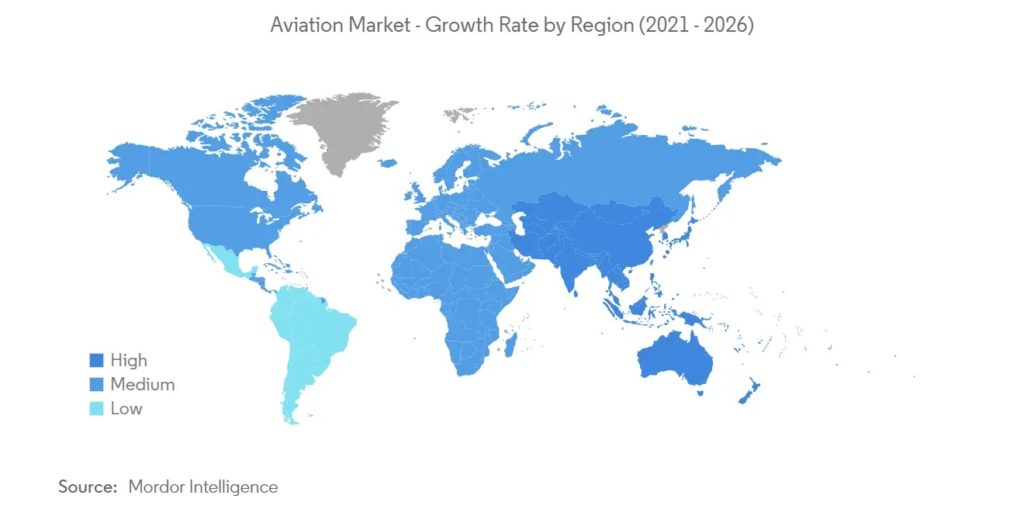Introduction
The Civil Aviation Industry of India is slowly emerging as one of the fastest-growing industries in India. India has been one of the top players in the aviation sector. According to IATA forecasts, India is expected to surpass the UK as the third-largest air passenger market by 2024. India is already in third place in domestic air traffic. Over the last five years, Indian Passenger traffic has grown at a very healthy rate of 11.13%. India has almost doubled its domestic passenger traffic in the last five years.
COVID-19
There has been a sudden slump in this graph in FY2020 because of this unprecedented COVID crisis. But Indian Aviation Industry has done pretty well post the first wave. Had it not been for the second COVID wave India would have reached pre-COVID levels in air passenger traffic. According to the Ministry of Civil Aviation India has reported a 56.29% decrease in passenger traffic from FY2019 to FY2020. At the time when the second wave is around the corner Indian passenger traffic has reached 65% of pre-COVID level (According to the Ministry of Civil Aviation).
But after the sudden rise of COVID cases in the second wave the air traffic is again down by around 30% as many flights are being cancelled. Currently, they are flying at around 40-50% of the pre-COVID level. Indian Passenger Traffic has been increasing very steadily, in fact exponentially, over the last few years. Though the pandemic has given a setback to the industry it is expected to bounce back and attain the pre-COVID stage at the earliest.
Future
According to many global surveys and reports, Indian is the fastest growing market in Aviation Passenger Traffic. It is on the verge of emerging as the third-largest air passenger traffic market.

Unleashing the Potential
India’s aviation industry is largely untapped with huge growth opportunities, considering that air transport is still expensive for the majority of the country’s population, of which nearly 40% is the upwardly mobile middle class. To drive the aviation industry in the country, the Indian government is investing significantly into the modernization of aviation infrastructure in the country, and it has initiated several airport construction projects scheduled to commence or be completed during the forecast period. The Indian government is planning to invest USD 1.83 billion for development of airport infrastructure along with aviation navigation services by 2026. As a consequence, the expenditure of Indian travellers is expected to grow up to Rs.9.5 Lakh Crore (US$ 136 billion) by 2021. Due to the rise in demand for air travel, India will need 2,380 new commercial airplanes by 2038.
On the other hand, the government plans to privatize 30-35 airports by 2025 as it seeks to accelerate efforts to boost infrastructure development. According to the government, the privatization is aimed at making airports more efficient and to increase revenues. The government’s Budget 2021 included a proposal to set up a development finance institution (DFI) capitalized with INR 20,000 crore, and with the ability to lend up to INR 5 lakh crore. This is expected to help airport development, as several proposed projects find difficulty in sourcing the necessary financing.
Key Proponents
The industry stakeholders should engage and collaborate with policymakers to implement efficient and rational decisions that would boost India’s civil aviation industry. With the right policies and relentless focus on quality, cost, and passenger interest, India would be well placed to achieve its vision of becoming the dominant player in the global aviation market.
Demand generation is the immediate result of the increase in Air Traffic. India is expected to add around 400 million new passengers within the next decade. To cater to the needs of close to 1 billion people airlines and airports should work on robust operation systems with minimal losses/delays. Startups will be play a huge role in this domain. They have to work on innovative solutions to improve the efficiency of airlines/airports.
Author: Sreekar
